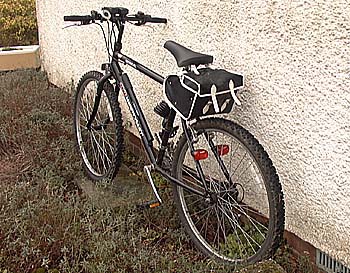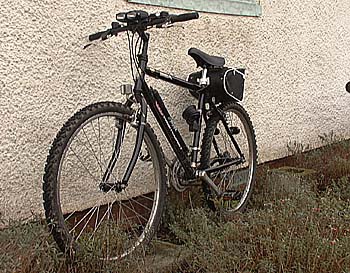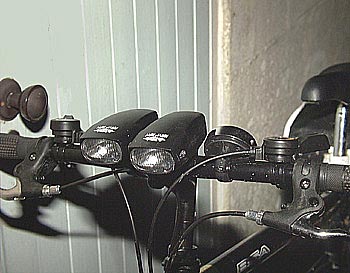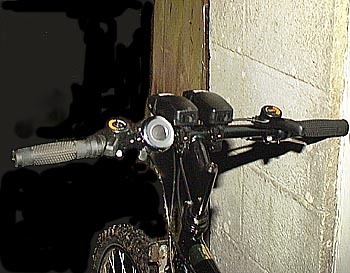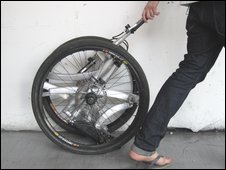The number of people killed or seriously injured when cycling on Britain’s roads rose dramatically over the spring, new figures have revealed, with the demand for cheap transport during the recession likely to be a key factor.
Statistics published by the Department for Transport (DfT) today showed that 820 cyclists either died or were seriously injured between April and June this year, a 19 per cent rise on the same period in 2008. The number of less severe injuries also rose by almost 10 per cent.
Road safety groups said that the recession had sparked an increased interest in cycling, as rising numbers of people – many of them inexperienced cyclists – sought to save money by commuting to and from work on a bike instead of using public transport.
Duncan Vernon, road safety manager at the Royal Society for the Prevention of Accidents, said the rising number of casualties “might be indicative of a longer-term trend, reflecting for instance a recession-influenced shift in modes of transport.” But he added that it was difficult to draw conclusions from quarterly figures.
In 2007, a Transport for London report said that female cyclists were more likely to be killed by lorries because, unlike men, they tended to obey red lights and wait at junctions in the driver’s blind spot, putting them in danger. In the first half of this year, six women were killed after being hit by lorries in London, an unusually high proportion.
Today's figures also showed a rise in the number of motorcyclist casualties, with those killed or seriously injured rising by 5 per cent and lesser injuries increasing by 2 per cent. But overall, the number of people who died on the roads in the second quarter of 2009 was 580, a slight reduction on last year’s total of 586.
The biggest fall in casualties was among child pedestrians, with the number of people killed or seriously injured falling by 8 per cent and total casualties by 9 per cent. The total number of pedestrian casualties including adults also fell by 5 per cent.
Andrew Howard, the AA’s head of road safety, said the rise in cyclist and motorcyclist casualties could be put down to “the effects of the recession and differences in the weather”.
But he added: “It is clear that there are some new patterns in accidents occurring – for example, the six lady cyclists killed in London in collisions with goods vehicles in the first half of the year – and that the road safety world needs to make sure that it identifies and acts to remedy these emerging patterns quickly.”
A DfT spokesperson said: “Provisional estimates for a single three-month period should not be taken in isolation, and the number of cyclists killed or seriously injured on the roads each year has fallen by 31 per cent since the mid-1990s.
“However, we take road safety extremely seriously and are working to improve safety for cyclists in a number of ways, including investing in the provision of cycle training and planning to encourage local authorities to introduce more 20mph zones in residential areas and around schools.”
Charlie Lloyd of the London Cycling Campaign, which promotes cycling in the capital, said the sudden rise in the number of cycling deaths merely reflected the fact that many more people are now using bikes to get around.
“In London, we’ve seen a massive increase in cycling over the last seven or eight years, and we’re absolutely certain it’s taking off across the country too,” he said. “The recession could well be a factor in that – we know that bike sales are booming. We think that if these figures were measured against the rising numbers of people cycling on the roads, you might actually see an improvement in accidents per cyclist.”
The DfT also published provisional road traffic figures yesterday, which showed a very slight increase in the amount of vehicles on the country’s roads compared with last year. Car traffic increased by 1 per cent compared with summer 2008, light van traffic rose by 3 per cent and heavy goods vehicle traffic fell by 7 per cent. Traffic on motorways increased by 1 per cent, as did the traffic levels on rural and urban A-roads.

